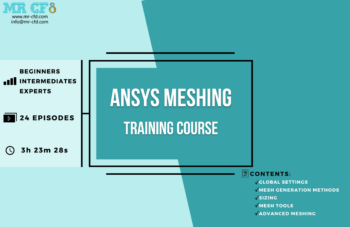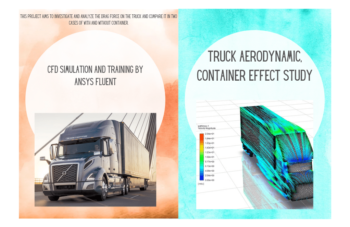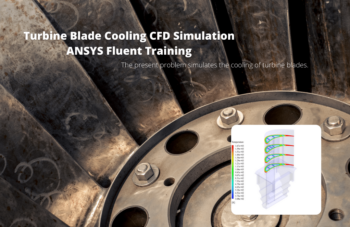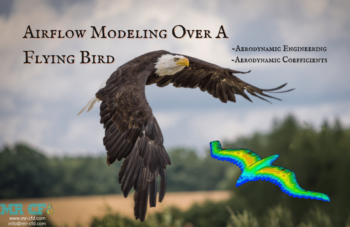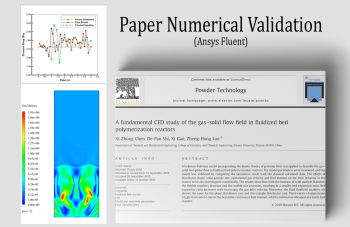MR-CFD experts are ready for all Flow Regimes analysis, consulting, training, and CFD simulation.
Fluid mechanics and flow regime
Fluid mechanics deals with different flow regimes and fluids. Its study is important to physicists, whose main interest is in understanding phenomena. The study of fluid mechanics is just as important to engineers. Their main interest is in the applications of fluid mechanics to solve industrial problems.
Aerospace engineers may be interested in designing airplanes that have low resistance and at the same time, high “lift” force to support the weight of the plane. Civil engineers may be interested in designing irrigation canals, dams, and water supply systems. Pollution control engineers may be interested in saving our planet from the constant dumping of industrial sewage into the atmosphere and the ocean. Mechanical engineers may be interested in designing turbines, heat exchangers, and fluid couplings. Chemical engineers may be interested in designing efficient devices to mix industrial chemicals.
The objectives of physicists and engineers, however, are not quite separable because the engineers need to understand and the physicists need to have motivation through applications. Fluid mechanics, like the study of any other branch of science, need mathematical analysis, experimentation, and computational simulations.
When you think about fluids application, almost everything on this planet either is a fluid or moves within or near a fluid. For instance, to name a few of enormous applications: breathing, blood flow, swimming, pumps, fans, turbines, airplanes, ships, rivers, windmills, pipes, missiles, icebergs, engines, filters, jets, and sprinklers, etc.
Fluids and flows regime can be classified in different groups
Ideal fluids versus real fluids
Ideal fluids are those incompressible fluids without viscosity, while real fluids that exist in nature are incompressible with viscosity.
Newtonian versus non-Newtonian fluids
A fluid that has a linear relationship between shear stress and velocity gradient is called Newtonian fluid and on the other hand, when this relationship is not linear the flow is called non-Newtonian.
One, two, and three-dimensional flows
Velocity distribution defines that the flow is one, two, or three dimensional depending on whether velocity variations are in one, two, or three dimensions.
Viscous versus inviscid flows
The areas in the flow field in which the viscosity is dominant (near walls) the flow is viscous. In some region of flows, we can neglect the effects of viscosity in comparison to other forces; in these regions, the fluid flows is considered inviscid.
Internal versus external flow
Internal flows are flows forced to move through confined channels, while flows over surfaces are external flows.
Laminar versus turbulent flow
Flows in which the fluid viscosity is important can be of two types, namely, laminar and turbulent. If the fluid is moving in parallel layers the flow is called laminar and if the flow is moving randomly the flow is turbulent. By computing Reynolds number we can predict whether the flow is laminar or turbulent.
Steady versus unsteady flow
In steady flows, there is not any property which varies with time. And if the flow is not steady and we have variations in time the flow is unsteady.
Incompressible and compressible flows
If the density is changed during fluid flow, flow is compressible. Mach number is a non-dimensional number that can predict id the flow is compressible. The density of liquids is considered constant; therefore, we can treat liquid flows as incompressible flows in most applications.
MR-CFD
MR-CFD experts are ready to fulfill every Computational Fluid Dynamic (CFD) needs. Our service includes both industrial and academic purposes considering a wide range of CFD problems. MR-CFD services in three main categories of ANSYS Fluent Consultation, ANSYS Fluent Training, and ANSYS Fluent Project Simulation. MR-CFD company has gathered experts from various engineering fields to ensure the quality of CFD services. Your CFD project would be done in the shortest time, with the highest quality and appropriate cost.
These are our latest successful projects.
If you are interested, you can also buy them.
Here is MR-CFD Service Process Steps
